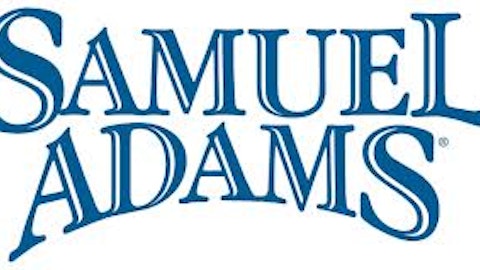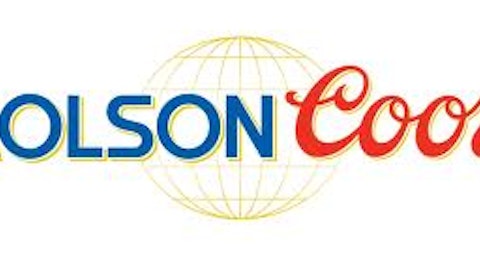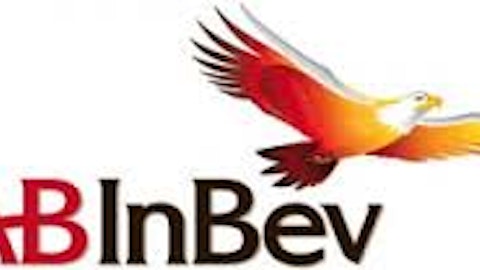Going global or staying local?
With slack volumes in the U.S. and anemic sales in Europe, emerging markets seem like a lucrative alternative. Especially in China, a young and growing middle class coupled with a mega population that‘s already keen on drinking beer, as well as an ongoing policy shift toward a consumer-led growth model, make this country an attractive place fo selling beer.
But could Budweiser ever become the No 1 beer in China, knocking local brands over?
In general, to make it in this business you need an effective distribution channel that will enable you to clamp down on expenses. You need to bring the product to the consumer, and you need to do it cheaply. AB InBev is going in the right direction expanding its regional network outside big cities. Since 2011, it has increased the number of its plants to around 40.
But that’s not much to write home about. SAB Miller has twice as many plants as Anheuser Busch Inbev SA (ADR) (NYSE:BUD) has. Moreover, recently, it took control of the Kingway Brewery in China, outbidding Anheuser Busch Inbev SA (ADR) (NYSE:BUD) and domestic Beijing Yanjing Brewer. SABMiller claims an around 22% share in the Chinese beer market, backed by Snow beer’s popularity. Yet, despite the immense growth potential, the brewer says that unit pricing and margins are extremely low. Local, low-end brands could sell for as cheap as $0.30, making it hard for foreigners to compete.
That’s why Ab InBev is betting on Budweiser, and Heineke is focusing only on the premium end of the Chinese beer market. Over the past two years, the Dutch brewer has been unloading operations pulling out of China’s mainstream sector while turning to more prestigious brands. Last year, it took full control of Asia Pacific Breweries, the maker of Tiger, which is a comparably pricey beer.
Heineken, which reports earnings on August 21, expects that direct ownership of Tiger – on top of Asia Pacific operating as a regional hub for its namesake brand – could bring it one step closer to becoming a leading premium beer maker.
Yet–just playing the devil’s advocate – some analysts argue that globalizing beers actually misses the point. Local brands have long dominated major beer markets across the world. Chinese consumers‘ appetite for international brands is steadily increasing, but still, the most popular brands are local ones. Yanjing, Tsingtao, and Snow beers are some brands that a housewife could handily pick out from a supermarket shelf in Beijing.
Final thoughts
Formed by two game-changing mergers in the previous decade, and recently swelled by the $20.1 billion takeover of Grupo Modelo, AB InBev is almost twice the size of its nearest competitor. If someone in this business can turn its flagship brand into a truly global brand by wowing the world’s largest market, then this is definitely Ab InBev. Yet, brand positioning is a bit tricky. You might spend money like water on promoting and marketing your product, but, at the end of the day,it’s the consumer who decides its fate.
The article Is This Brewer Biting Off More Than It Can Chew? originally appeared on Fool.com and is written by Fani Kelesidou.
Fani Kelesidou has no position in any stocks mentioned. The Motley Fool has no position in any of the stocks mentioned. Fani is a member of The Motley Fool Blog Network — entries represent the personal opinion of the blogger and are not formally edited.
Copyright © 1995 – 2013 The Motley Fool, LLC. All rights reserved. The Motley Fool has a diclosure policy.


